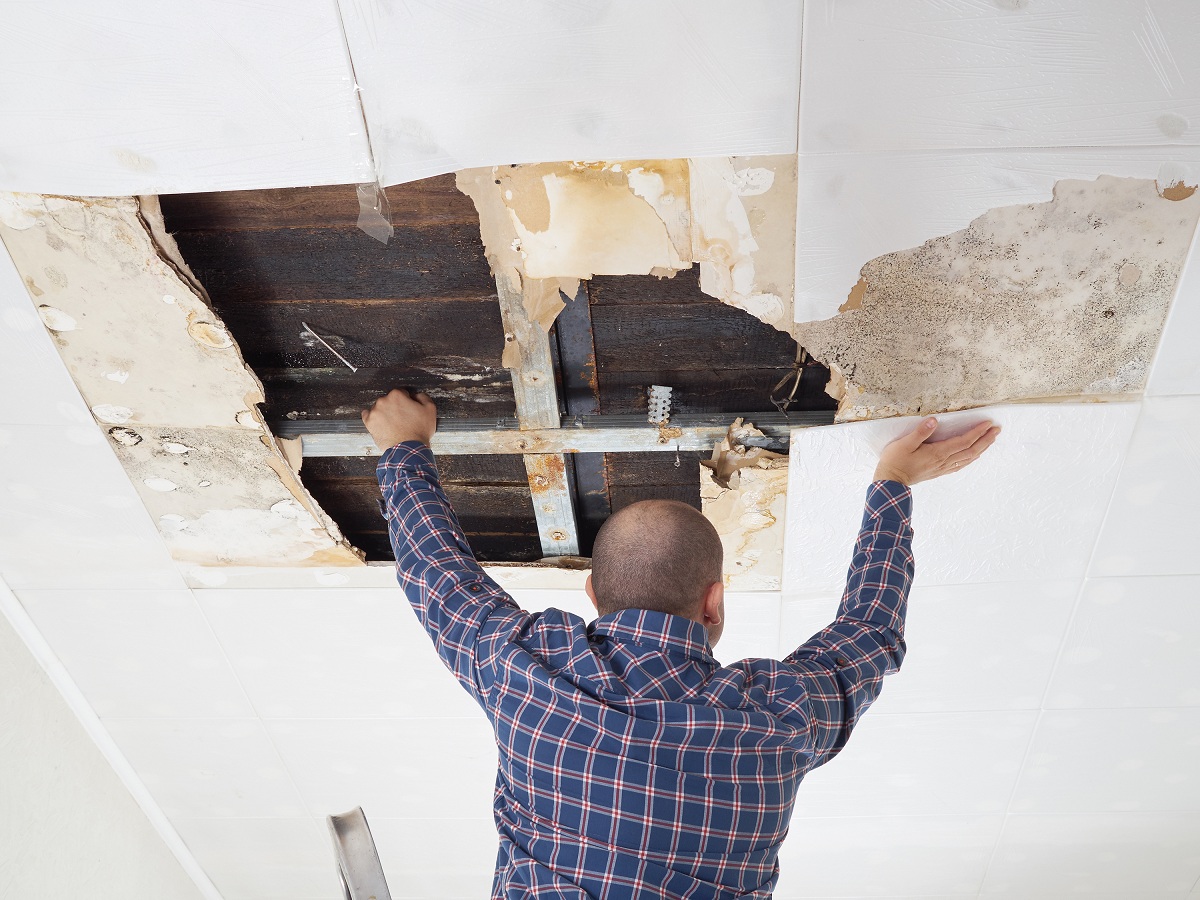It’s always a dream of every architect and designer to produce a home that both has excellent functionality and aesthetics. Naturally, they will spend a reasonable amount of time designing the interior of homes; the exteriors are just as relevant. Some of the tiniest details of external surfaces usually have a function and aren’t just mere decorations. In this case, roof overhangs are paramount in keeping your home dry. What are overhangs? They’re an extended part of the roof that extends just beyond the sidings of your home’s main structure.
While it does add a bit of style to your home, there’s more to overhangs than just being a beautiful piece. Just like gutters and downspouts, they are placed there for a reason. But what makes overhangs such a vital part of any home?
Why Are Overhangs Important?
This component might seem like a trivial part of a home, but overhangs can save your roof and your home from water damage. Overhangs have the same purpose as any gutter system but usually doesn’t involve redirecting the flow of water. While gutters catch and redirect the flow of water towards a specific area, overhangs simply provide a gap where water does not seep towards the walls of the home or even the foundations.
No worries, if you’re confused, here are some of the key advantages that overhangs can give to homeowners.
Protects Against Water Damage
 It might not seem like much, but water damage can cause a wide variety of problems. Water that gets trapped on attics, overhangs, and walls can manifest as mildews and molds. Not only do they seem unsightly, but they also absorb nutrients from building materials that can weaken them.
It might not seem like much, but water damage can cause a wide variety of problems. Water that gets trapped on attics, overhangs, and walls can manifest as mildews and molds. Not only do they seem unsightly, but they also absorb nutrients from building materials that can weaken them.
Gives Much Needed Shade
At specific points of the day, sunlight will be able to get inside your home’s windows. While this might be some minor inconvenience, this could lead to the rise of internal temperatures. There have been some instances where sunlight can be amplified by the glasses of windows, which could inadvertently cause a fire.
Helps Control Pests
Since overhangs can create a gap between your home and the location where water will land, this can cause a wide variety of problems. Not only can will this soften the ground around your home’s foundations, but this can be an invitation for pests. Some pests, especially subterranean termites, use tubes of mud to travel towards their food source. Keeping your surroundings dry by creating a gap using overhangs can ensure that your home is free from this type of pests. If you do see small mud tubes extending towards your home’s foundations, there’s no hurt in calling in a pest controller for a thorough inspection.
Having overhangs on your roof is like having an umbrella that can protect your home from the sunlight, rain, and even hail. There’s a lot of benefits that you can get from just placing a bit of allowance on your roof.
What’s a Good Length for My Overhangs?
Most industrial marketing consultants that produce materials would say that roof overhangs should be around two feet from the edge of the home’s main structure. Most of the time, designers would suggest putting a balance between placing an allowance on the length. Having an overhang that extends far from the roof could make interiors darker and can impede ambient light from getting inside while having a shorter overhang could close in the gap for rainwater.
In terms of maximum length, anything more than two feet will need to have support structures like pillars to handle the extra weight. Going overboard with your overhangs might cause external pressure, and most of them won’t have the necessary support.
It’s also important to check in with your town’s building codes. That might dictate how long you can make your overhangs. These regulations have a purpose, and part of them is to maximize the security of families around your neighborhood.
Overall, there’s no hurt in installing a bit of overhang on your roof. Not only will this make your life a whole lot easier, but it’s also going to help keep pests, molds, and other hazards off of your humble abode. Whether you’re someone who just moved into a new home, or you want to plan out a new home for you and your family near the beach, it’s always a good idea to focus on your home’s aesthetics and functionality. Your home is your sanctuary, and being able to defend it from the elements can keep your home and family safe.




